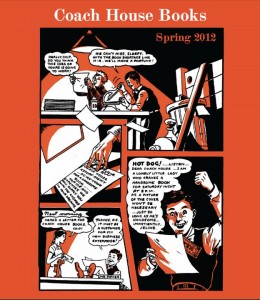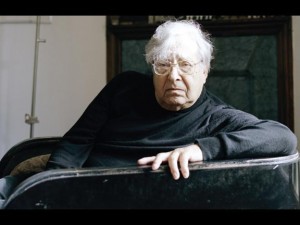Ari Fleischer, Gone But Not Forgotten
Update: A day after reporting Fleischer’s role in advising Komen, ThinkProgress’s Judd Legum is now reporting that Fleischer’s role with Komen is ongoing–he’s still advising them. Komen is paying the ex-Bushie to help them try to recover from the public relations disaster of this past week. Our donations to Komen at work. #WontBeFooledAgain.
 As I wrote on this site a month ago in “George W. Bush, Skunk at the Party” Republican candidates this year have shunned W.’s memory and never mention his administration. I was struck by this again tonight in reading Judd Legum’s report in ThinkProgess that Ari Fleischer, W.’s longtime press secretary, advised the Komen Foundation in December 2011 on hiring a Senior V-P for Communications and External Relations–a reader points out it seems they may have anticipated dealing with bad press from a controversy such as de-funding Planned Parenthood. Even while many right-wingers feign amnesia, a salutary result of the Komen scandal would be if it serves to remind voters that though W. and his minions are gone from the West Wing we must remember the baleful influence of the Bush presidency lest the country fall under its malign spell again.
As I wrote on this site a month ago in “George W. Bush, Skunk at the Party” Republican candidates this year have shunned W.’s memory and never mention his administration. I was struck by this again tonight in reading Judd Legum’s report in ThinkProgess that Ari Fleischer, W.’s longtime press secretary, advised the Komen Foundation in December 2011 on hiring a Senior V-P for Communications and External Relations–a reader points out it seems they may have anticipated dealing with bad press from a controversy such as de-funding Planned Parenthood. Even while many right-wingers feign amnesia, a salutary result of the Komen scandal would be if it serves to remind voters that though W. and his minions are gone from the West Wing we must remember the baleful influence of the Bush presidency lest the country fall under its malign spell again.







